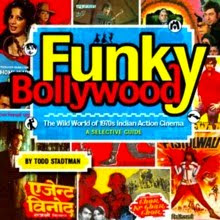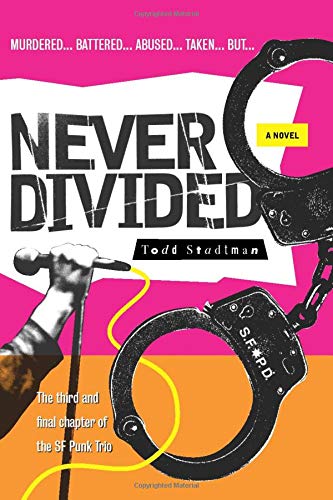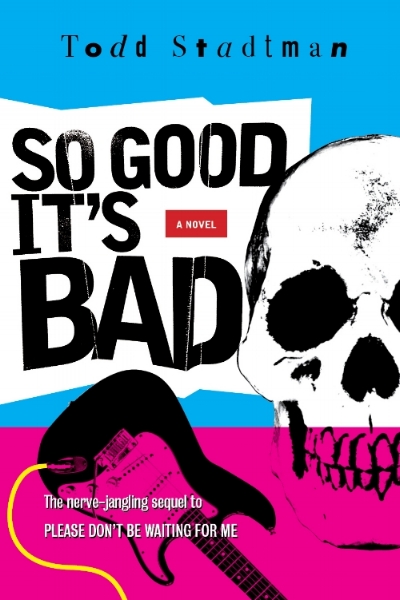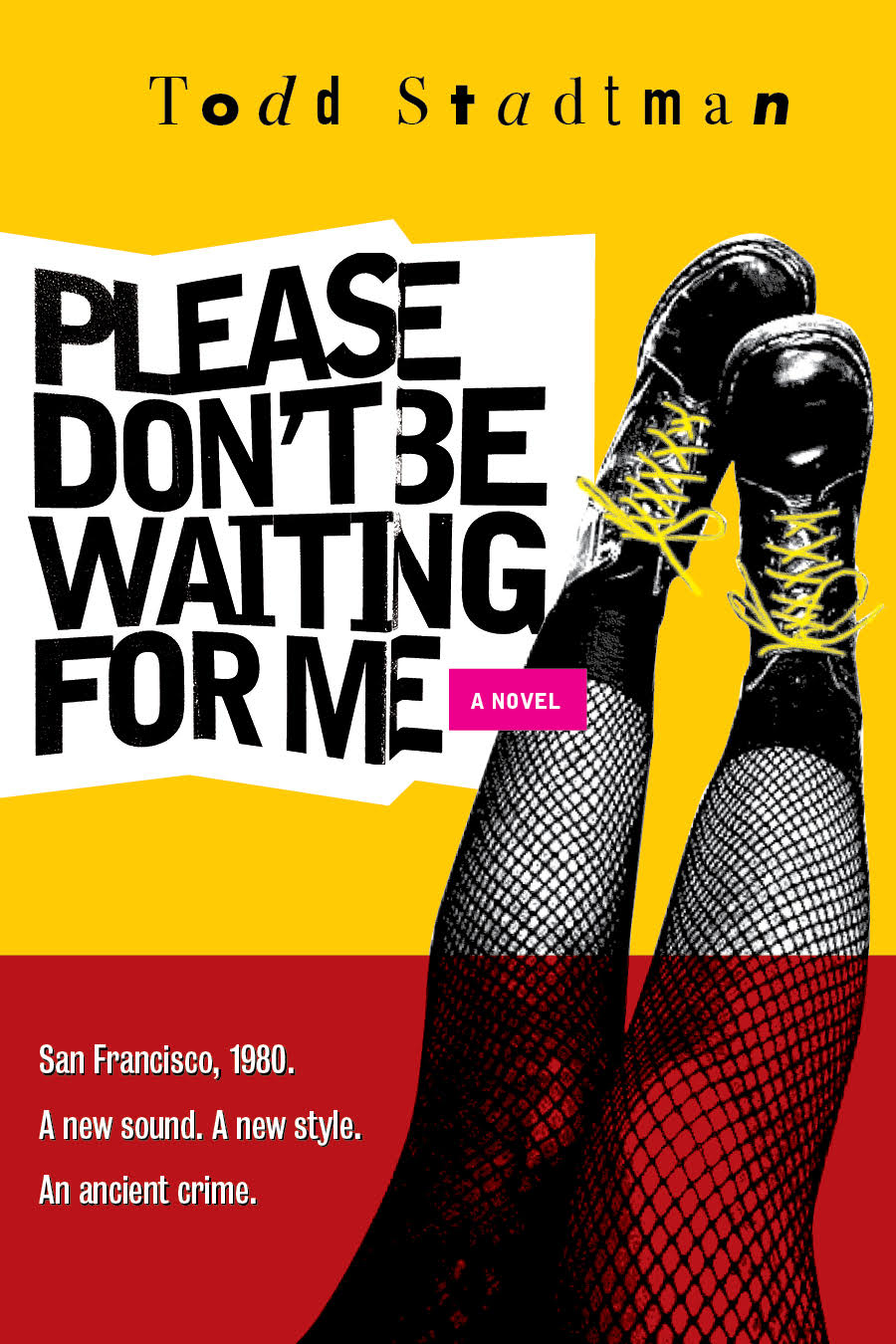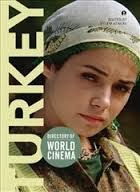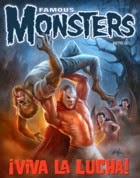It may be true that time is cruel to lady film stars, but it’s never as cruel as the industries that employ them. Take, for example, the case of Punjabi superstar Sultan Rahi, who, throughout his career, blew through a series of favored leading ladies, all of whom putatively outgrew their charms as Rahi continued to go strong. And keep in mind that Sultan Rahi looked like this:
Further keep in mind that this picture of Rahi is from 1981, when he was entering the
fourth decade of his astonishing 600+ film career. And, had he not been killed in 1996, he would no doubt still be going strong today as a scowly, pointy bag of bones.
Prior to 1981, one of Rahi’s frequent female co-stars was the actress Aasia, who appeared opposite him in his breakthrough blockbuster
Maula Jat. Aasia’s retirement in 1980, after only a ten year run in the industry, left a vacancy that was ultimately filled by one of Rahi’s most enduring and influential leading ladies. That leading lady was Anjuman, who had begun her career in Urdu language films, but transitioned to the Punjabi film industry for her debut opposite Rahi in
Sher Khan.
Sher Khan turned out to be one of Rahi’s biggest hits, enjoying a record-breaking theatrical run that, in the process, catapulted Anjuman to stardom. As a result, the actress became, along with Rahi and his screen nemesis Mustafa Qureshi, an essential part of what was considered at the time to be a surefire formula for success within the Punjabi film industry -- a formula that guaranteed that, over the next ten years or so, very few Punjabi films would be made that didn’t feature all three stars, and in virtually identical roles each time. For Anjuman, this amounted to 117 films opposite Rahi, many of which were so similar in content that they could each be considered installments in a seemingly never-ending meta-narrative.
But Anjuman achieved more during her time in the spotlight than simply filling the female-sized absence at Rahi’s side. With films like
Hunterwali, she also established herself as an action hero in her own right, displaying a rough-and-tumble physicality that was previously unheard of in Pakistani cinema, where the heroines of action films were typically consigned to the role of adoring cheerleaders for their macho leading men.
Having now seen
Sher Khan, I can definitely say that Anjuman stands out in it, and that that’s a pretty impressive feat, given that she has a
lot to compete with. No intimate, small scale narrative is this, and so packed is the cast that none of our three top billed stars are able to muscle their way on screen until after the first twenty minutes or so. In the interim, we’re introduced to the title character, Sher Khan (Iqbal Hassan), a bandit who, after an abrupt reassessment of his wicked ways, decides to leave everything behind, with “everything” including both his former gang and his wife and two small kids. Rahi, I
believe, is meant to be playing the adult version of Sher Khan’s son, and the prologue features a young actor who does a fantastic job of channeling the star, making for an uncanny portrait of Rahi made mini:
As you have probably already guessed, I watched
Sher Khan without the aid of English subtitles, and so it presented itself to me as little more than an impenetrable procession of different pairs of men yelling at each other. Of course, given the type of film that it is, one need only be patient until the narrative fat boils down to a rivalry between Sultan Rahi and Mustafa Qureshi with Anjuman in the middle. The three actors are clearly in the full bloom of mega-stardom here, and are each, delightfully, given screen introductions that are thunderously iconic. In fact, Rahi -- who here basically reprises his
Maula Jat role, gandasa and all, albeit under the name “Sultan” -- gets what is by far the most over-the-top intro I’ve yet seen him receive, with every hysterically pitched signifier in the Punjabi cinema arsenal put to the task of communicating that his arrival on the scene is indeed a very big deal (yes, there are lots of thunderclaps):
As for Qureshi, who plays an imposing police captain, we see all of the activity in a bustling town square go into freeze frame as his feet trod purposefully by, and get a weird POV shot that incorporates his sunglasses before finally seeing his face:
Anjuman, fittingly, is introduced in song, standing atop a horse-drawn carriage as she vivaciously mouths to playback singer Noor Jehan’s vocal, followed by a romp through the fields accompanied by a chorus of colorfully dressed mutiyars. Anjuman’s character is a classic screen siren, both charmingly assertive and sassy, which unfortunately results in her being frequently slapped by her male co-stars. There’s also a bit where Mustafa Qureshi insists that she constantly keep one eye covered for some reason. I accept that this last is likely one of many mysterious behaviors on display –- like people dragging their beds into the middle of the road, for instance -- that are only made mysterious by my ignorance of Punjabi culture.
That said, for many of us, the cultural hurdles will come early in
Sher Khan, specifically in an opening scene where a leering bandit breaks into a family’s home and tries to make off with their teenage daughter. We see the father pick up a pair of scissors, and fully expect him to attack the bandit, but instead he hurls the blade into his daughter, who breaks free from her captor and runs tearfully into her father’s arms, only to die soon after from her injury.

Against such a backdrop, one appreciates that much more the few glimmers of female empowerment provided by Anjuman’s moments on screen. Beyond providing the eye candy in a generous supply of song and dance numbers, she also takes a very active part in a couple of the physical brawls, and even has a major role in saving the day in a scene where Rahi is held captive by the bandits. Furthermore, there’s a shockingly palpable amount of chemistry between her and the usually severe Rahi, who displays what looks like genuine desire upon first meeting her and even cracks a smile on a couple of occasions. Despite the obvious misogyny on display elsewhere, one can almost see how a woman with the power to breach such an intractable edifice might seem formidable indeed to the men around her, and worthy of the overzealous efforts expended toward containing her energies.
Another thing that struck me while watching
Sher Khan -- particularly in an opening scene of the bandits terrorizing a village that is intercut with stock footage of various jungle animals stampeding -- is how, while perhaps not artfully made, these Punjabi action films are certainly very adept at creating a persistent sense of nerve-jangling anticipation. I also noted to what a great degree the movies were composed in the editing room, utilizing quick cutting techniques that would not become common practice in the West until a couple of years later (and which would be widely bemoaned by highbrows for evidencing the pernicious influence of MTV). A later scene similarly cuts between shots of Rahi and Mustafa Qureshi fighting and stock footage of two fighting lions. Though, somewhat puzzlingly, they are
female lions (perhaps the only footage available?), I definitely got the point, and was further driven to wonder whether such a cinematic blunt instrument as this really required subtitles after all, or indeed any appreciation for the formal niceties of plot.

As for Anjuman, she would make the last of her many screen appearance opposite Sultan Rahi in 1995, having been gradually replaced by the younger actress Saima, whom Rahi was rumored to have secretly married. She nevertheless soldiered on in her career, braving both public razzing over her weight gain in the late 80s and industry resistance to her refusal to recede into character roles, but would ultimately retire in 2000. In the interim, Rahi was murdered -- in what is often referred to as an “assassination” -- on a road outside Gujranwala, bringing to an abrupt close an era of Pakistani cinema which it could be said he almost single handedly defined. Still, however imposing the man’s legacy, stars like Anjuman are notable not for having shared in his light, but for shining despite his long shadow.
Mustafa Qureshi: He likes kittens, just like you do!




























































